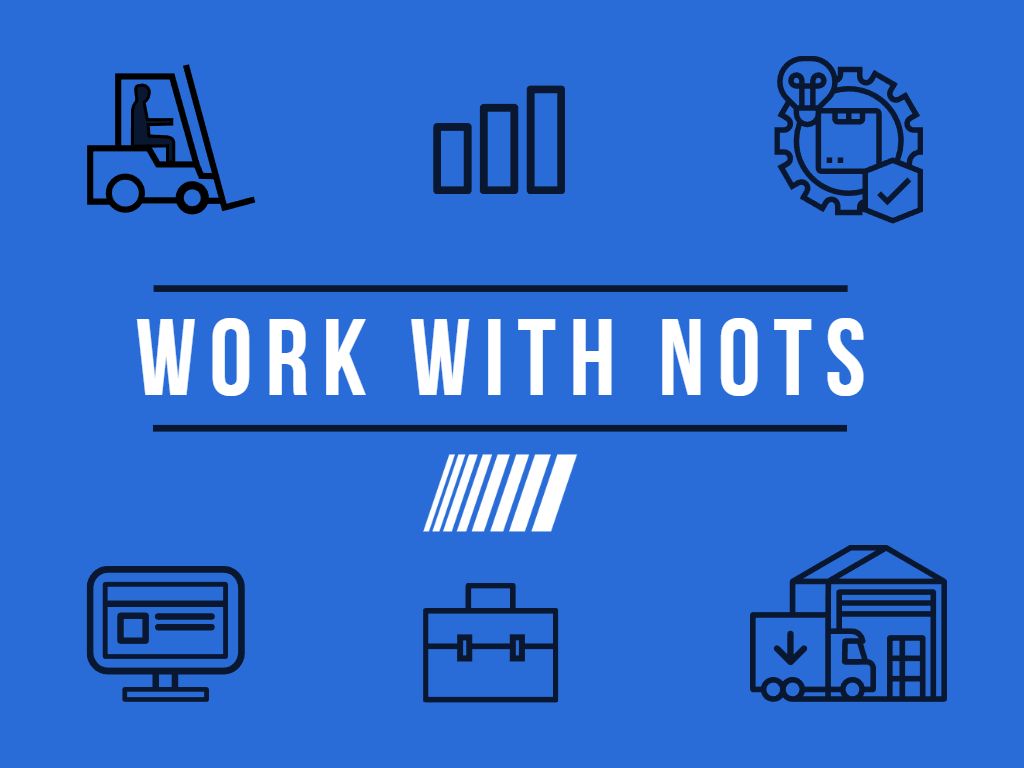In 2025, the trade environment is once again shifting with the global tariffs, and logistics companies are finding themselves at the center of the storm. With the U.S. recently announcing new tariffs on $18 billion worth of Chinese goods — targeting sectors like steel, aluminum, semiconductors, and electric vehicles (source: AP News) — the landscape for international shipping, customs, and supply chain management is changing rapidly.
This climate of growing protectionism could soon extend beyond U.S.-China and EU-China relations, impacting global supply networks across industries. NOTS Logistics can help you navigate this economy.
How to Prepare
Strengthen Trade Compliance Capabilities
Trade compliance will no longer be an afterthought. Logistics providers must invest in teams, software, and processes that ensure shipments are correctly classified, documented, and declared under the latest tariff codes. Proactive compliance can help customers avoid costly delays, fines, and penalties — and build long-term trust.
➡️ Action Tip: Implement automated compliance tools that integrates global tariffs updates in real time.
Diversify Global Supply Chains
As global tariffs disrupt traditional routes and sourcing patterns, logistics companies need to help customers explore alternative markets and manufacturing hubs. Southeast Asia, India, and Mexico are becoming increasingly popular alternatives to China for sourcing and production.
➡️ Action Tip: Offer customers supply chain consulting services that focus on supplier diversification and nearshoring options.

Adapt Pricing and Contract Strategies
New global tariffs mean increased costs, and logistics companies must adjust their pricing models accordingly. Transparent surcharge structures, flexible rate models, and clear tariff clauses in contracts can prevent future disputes with customers.
➡️ Action Tip: Review all long-term contracts and ensure they allow adjustments for tariff-related cost changes.
Enhance Risk Management and Forecasting
The new global tariffs regime is part of a larger trend of economic nationalism and unpredictable policy changes. Companies that actively model different tariff scenarios and develop contingency plans will be better positioned to respond swiftly when changes hit.
➡️ Action Tip: Use scenario planning tools to forecast the impact of various tariff increases on key trade lanes.
Educate Customers and Build Stronger Partnerships
Customers will rely heavily on their logistics partners to navigate these complexities. By offering regular updates, educational webinars, whitepapers, and one-on-one support, logistics providers can strengthen relationships and position themselves as indispensable advisors.
➡️ Action Tip: Launch a customer communication initiative focused specifically on tariffs and international trade changes.
Let NOTS Logistics Help You Navigate
The ripple effects of tariffs will not be contained to governments and manufacturers — logistics companies will feel them acutely. Those that act now, by building agility, resilience, and transparency into their operations, will turn today’s challenges into tomorrow’s competitive advantages. If you need help navigating your logistics in this economy, reach out to NOTS Logistics.


